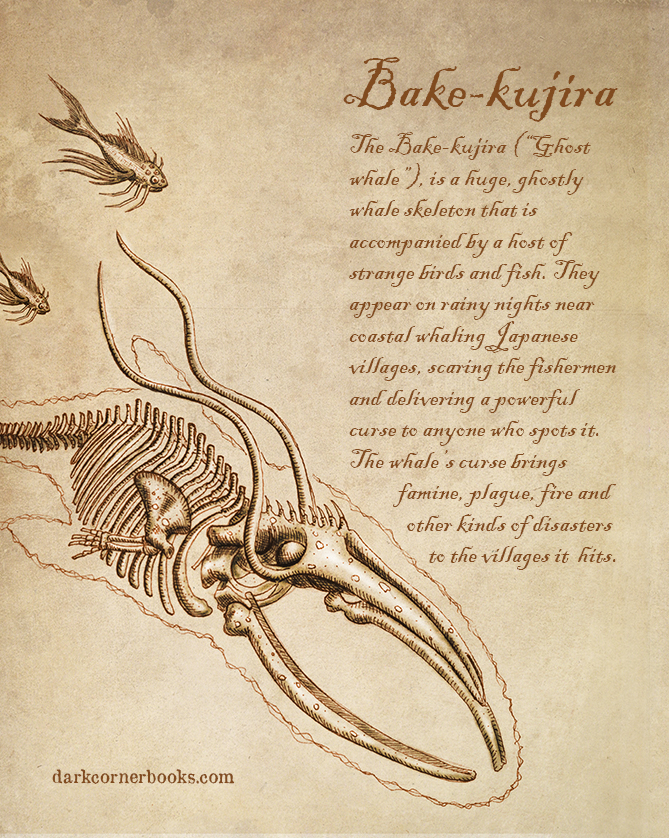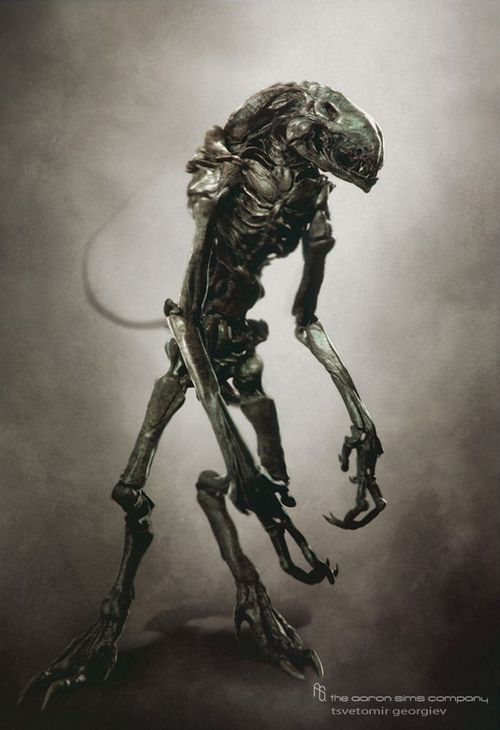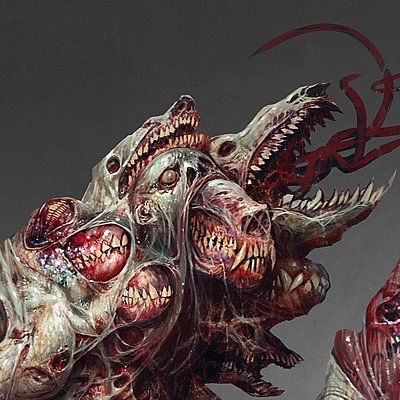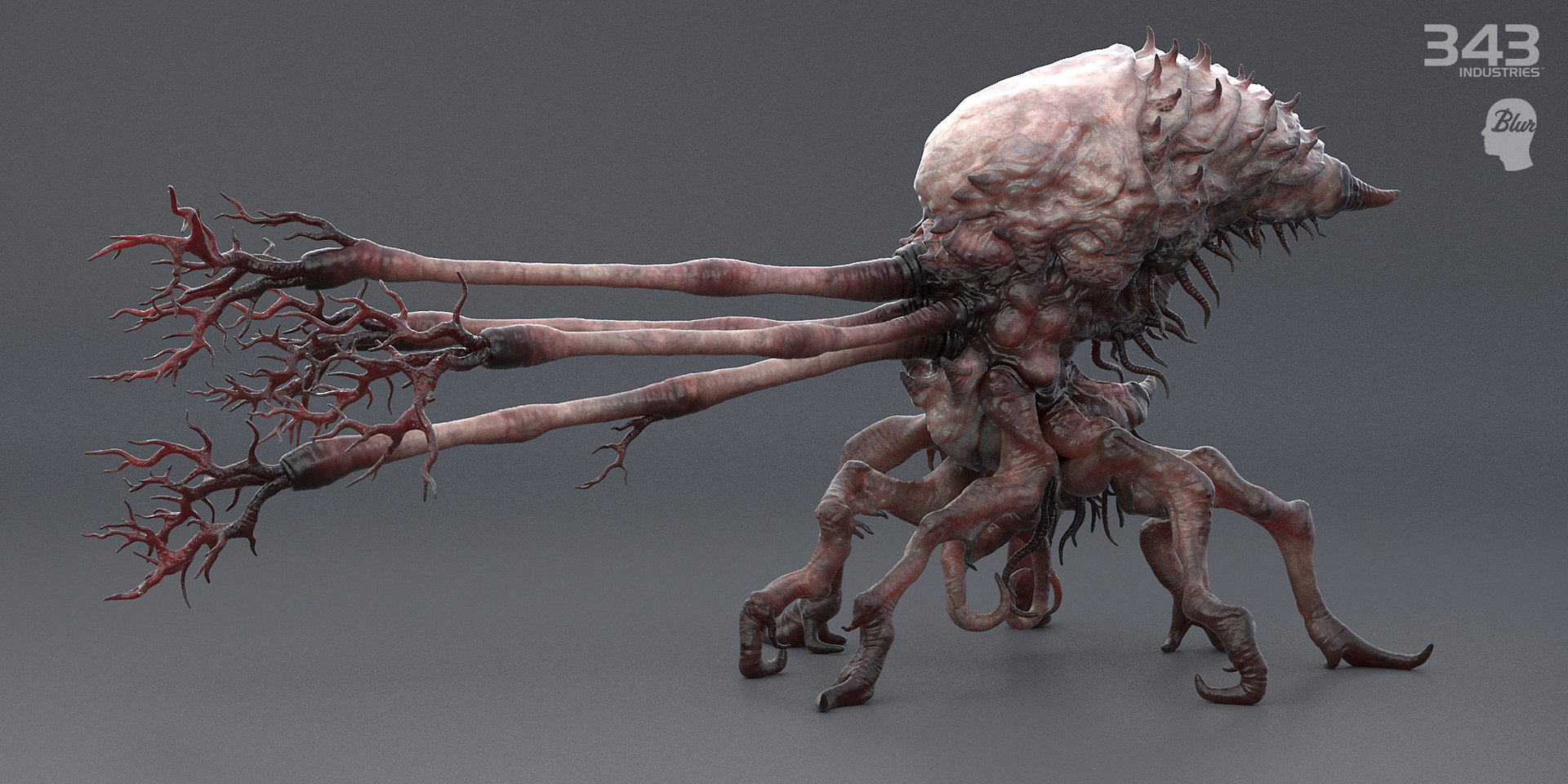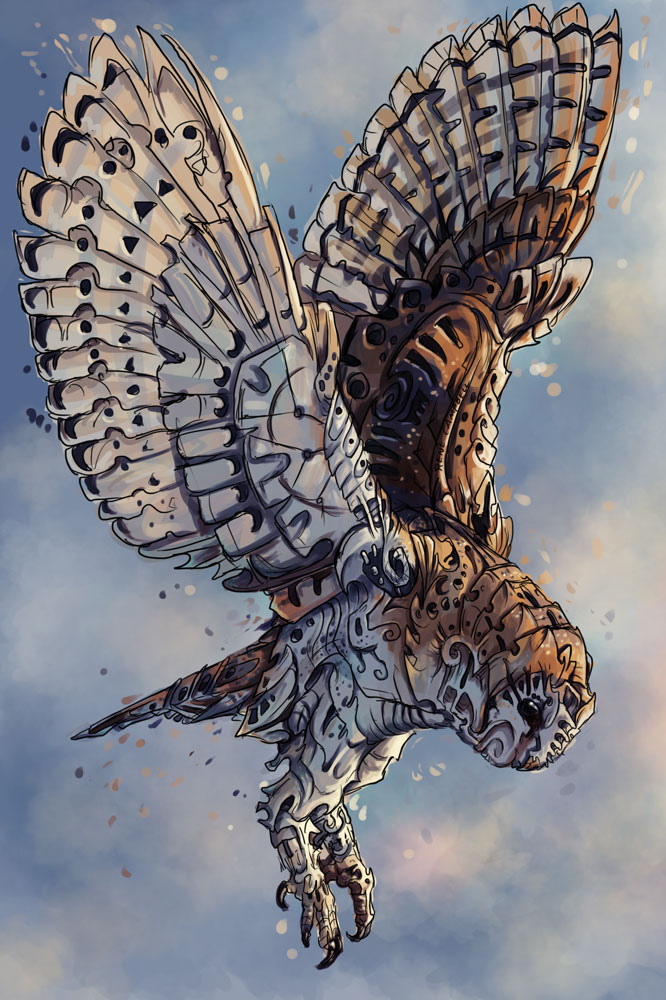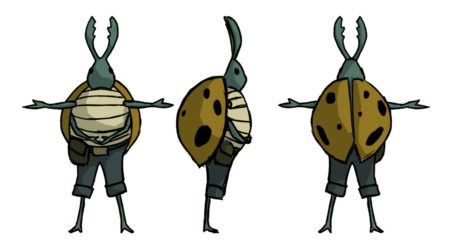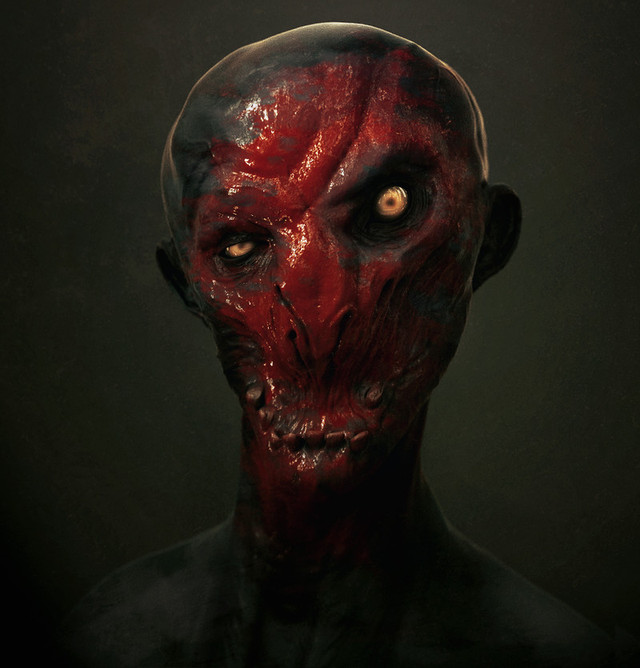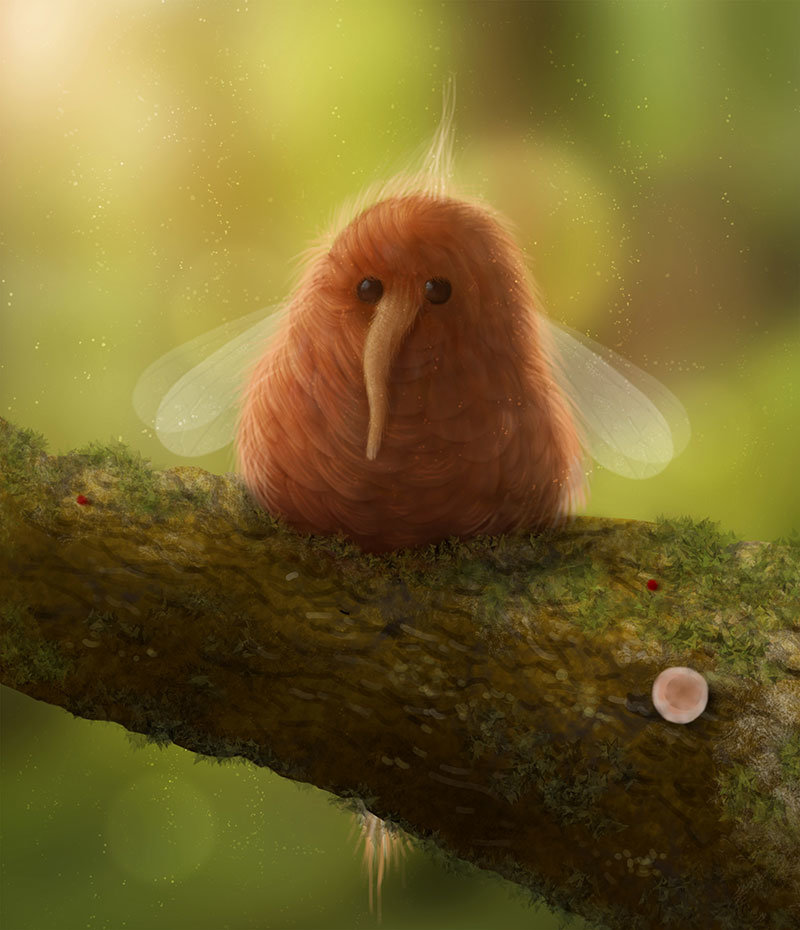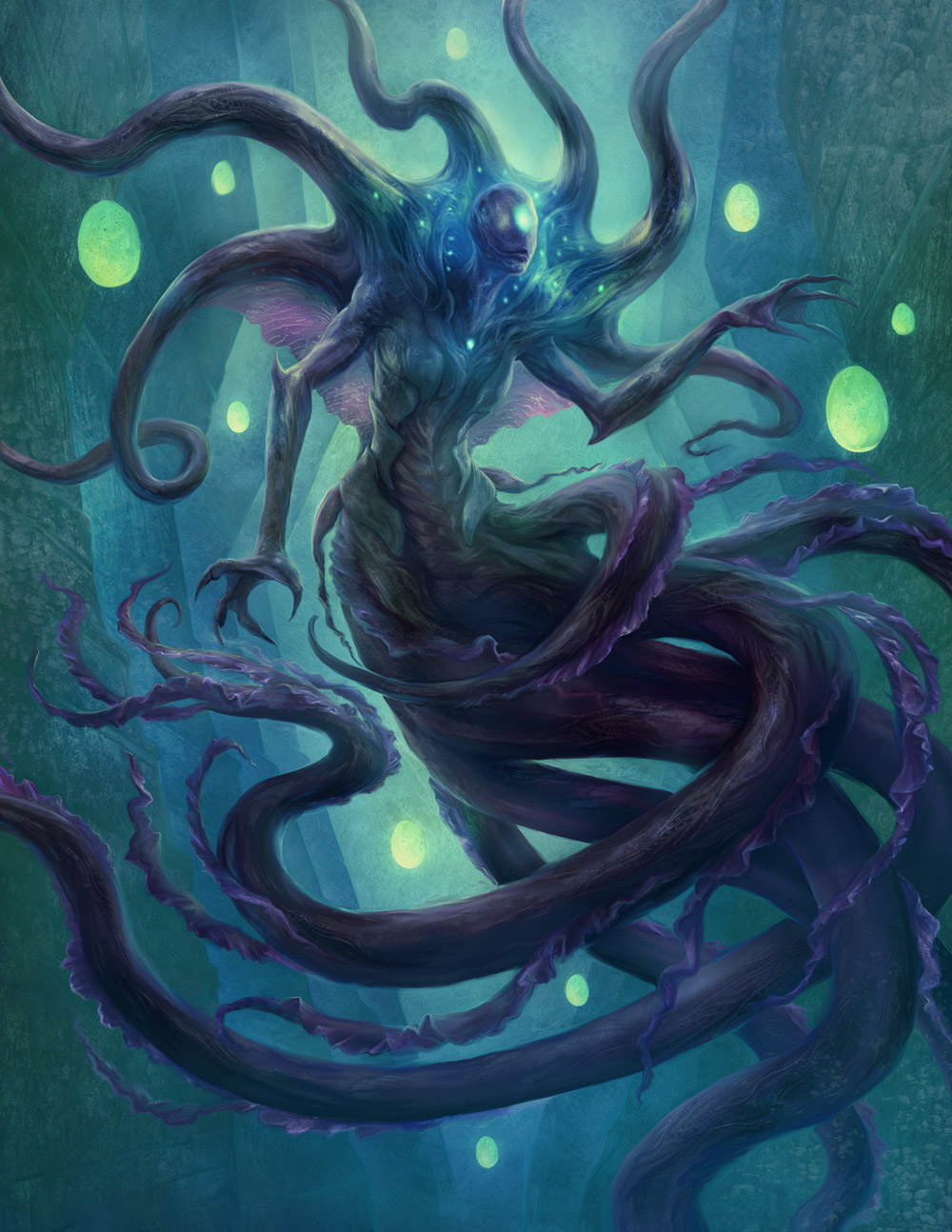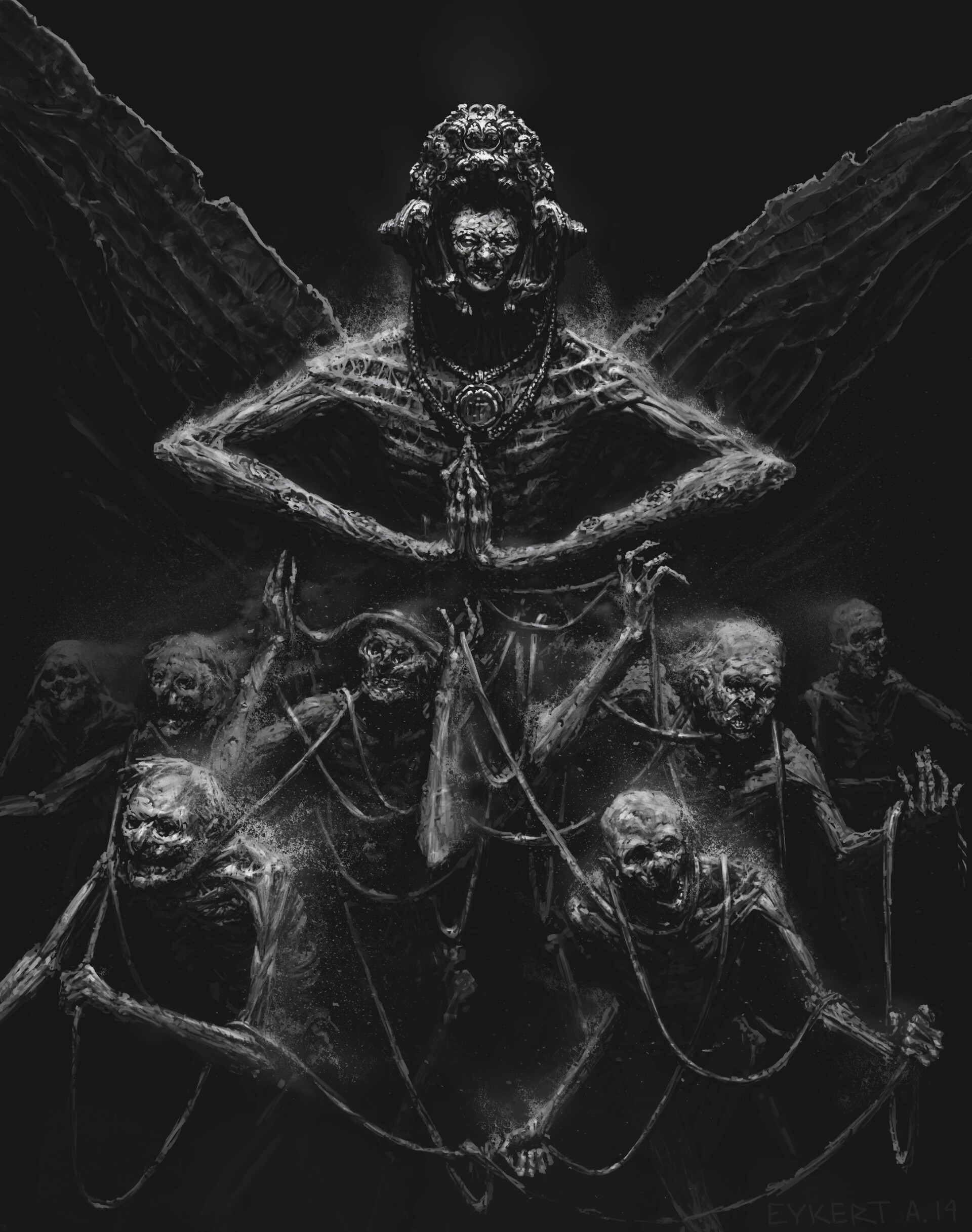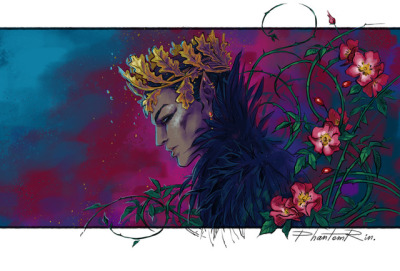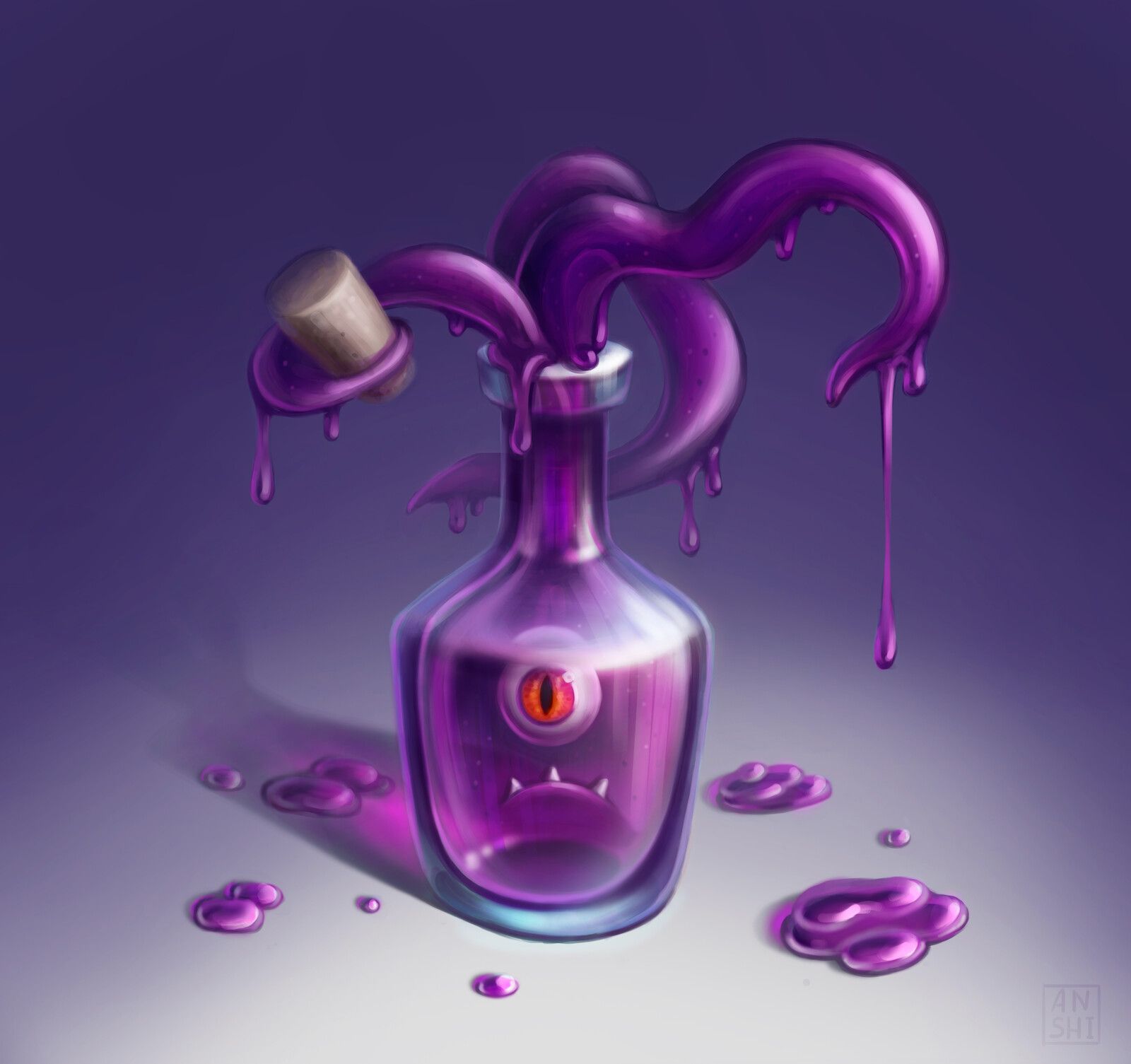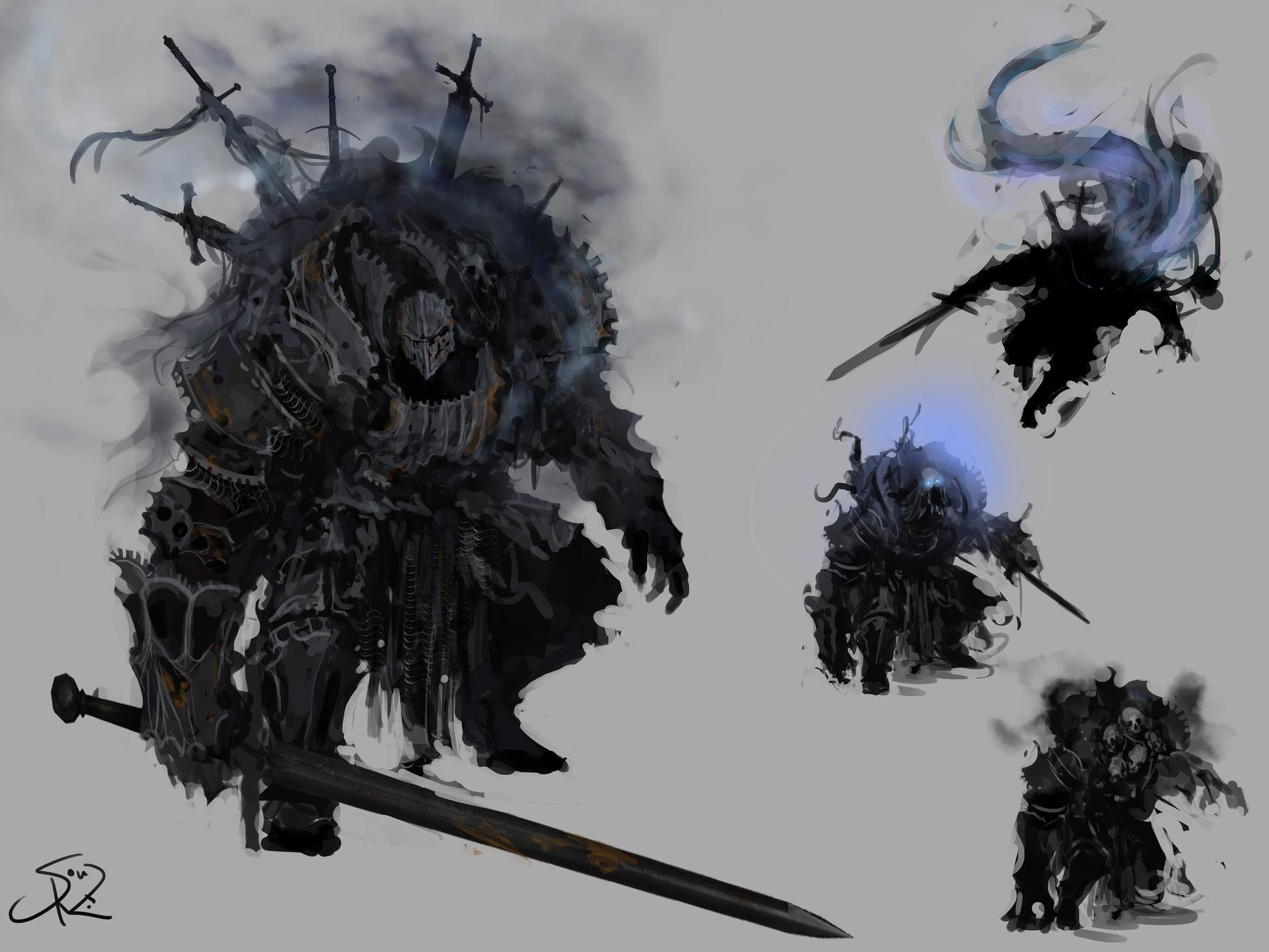Name:
Nepheri
Origin:
First mentioned in the chronicles of Heritomus III during the conquest of King Salamari over western Vayla, the Nepheri were first considered the creation of the now ‘dead’ God of Death Nephi. The defender, Count Urdacal, knew victory was not to be his destiny against the much larger forces of Salamari - and with no means of facing his forces conventionally, he did something that would let his name live down in infamy for time immemoral. For every man, woman, and child Salamari would seek to rule over, Urdacal raised one on a steak; to suffer for weeks as the wooden spike drove through their still living, tortured body; and in doing so, he drove terror into the hearsts of Salamari’s army.
With their will bruised, night broken, Salamari sought to end the war quickly before the Count could do anymore harm to his yet-to-be controlled fief. Marching his army to ‘The Castle on the Reach’, a forboding fortress near a massive cliffs edge and the capital of western Vayla, Salamari sought to end the war in a single decisive move; by cutting the head off the less than honorable army he faced against. Yet, on his forced march there, he witnessed much the same - corpses of his own men intermixed with the thousands of civilians sacrificed by Urdacal’s own armies, and it only drove the armies moral down even further.
Even when they finally reached the imposing walls of the star fortress, on each wall were another twenty corpses - nailed to each by their heads. The amount of gore was so prevalent, even the air reeked of its copper rot; and even the notorious King himself began to grow nauseous at the sight of it. While his army prepared the siege camp and the machines that would break down the fortresses walls, the Count brought his most loyal mages together for a meeting.
Knowing their time was dwindling, as the historical account proposes, they came to a singular solution. Every person in the castle would be lined up and sacrificed in reverence of the God of Death Nephi - that he may yet save the Count from the encroaching violence of Salamari’s unstoppable conquest. He would not see his land fall to a foreigner so easily, and with his people backing him - they agreed to the ritual.
When the ladders began to be placed against the walls, and the first ballistas were fired, the ritual began. Hundreds were lined up and killed, more than a thousand bodies wer epiled up in the confines of the aging fortress, with little care to their placement. Mounds of bodies were all the attackers would bear witness to as they entered, and the broken screams of those deeper in the castle filled the air as more piled into the fortress.
It was only as the rams were breaking down the door to Urdacal’s inner sanctum that he realized what he must do. With tears in the Count’s eyes, he sacrifice those who meant most to him - his two wives, his four sons, and his three daughters. With their blood, the God of Death Nephi had seen it as enough, and the righteous empowerment she would bestow began to rain down.
Literally, as the account goes, black rain began to fall on the battlefield, staining the stark white clothe of the King’s tabard. For a few minutes, men glanced to the sky in confusion, but the distant bell tower of the fortress gave notice something had changed - and any could feel the foreboding dread in the air whether they had magical sensitivities or not. Fires broke out behind the walls, and the once courageous war cries of his men turned into little more than terrified calls for help - but none could be commanded to find out the reasons why.
Men cowered at the command to investigate, and as the crying finally silenced itself - they would have their answers. From every piece of forest that surrounded them, those that had rotted on pikes for weeks began to walk towards them, enticed onwards but hands unseen. With them, a thick fog that sent mages mad carried with it the smell of rotting blood. Corpses of every magnitude moved, while others congealed, and all found themselves moving towards the siege camp. Swords did little to stop them, and with an
undead constitution, the creatures moved with a singular mind - killing all they could face.
Those that survived retreated with their King, and it would be another decade before anyone was able to enter the
ruins of The Castle on the Reach - and for centuries more, walking corpses reeking of magic would make their ways through west Vayla looking for their next meal. Now, with the boon of Nephi bestowed on
Arethil, they appear in many more places than the original genesis of the curse - raising on any battlefield that carries with it a high death toll, and the aching reek of magic overused.
Threat:
Extreme
Tactics:
With overwhelming force, the Nepheri are creatures of the horde mentality. Even so, while a ‘human wave’ is the most utilized term, they have been known to follow a seeming central ‘grave mind’, though only if the horde is big enough to have formed one. Should a grave mind occur in a Nepheri horde, then
cities and
towns in the local vicinity are in even greater danger; as there have been entire
regions decimated by a single grave mind led horde before a band of heroes were able to destroy the central mind.
Subspecies:
Gravemind -
While the general nature of the Nepheri are simply corpses who absorbed residual magic on the battle field, turned to consuming and transitioning the still living with their corrupt blood, there is a higher form of them that emerges only when the Nepheri reach a critical mass. This number can vary, as scholars have found it more reliant on the density of magic in a horde than the numbers itself - yet, when it occurs, a ‘Gravemind’ will appear, able to control the horde with a singular focus.
Sharing its consciousness over the thousand dead in its legion, they are well known for being highly tactical, intelligent, and more than anything - extremely dangerous. Additionally, they are well known for being able to terrifying and perturb magical users, or those with untapped magical sensitivities in the vicinity. Nightmares and insanity follow when a Gravemind approaches, and specialized
monster hunters are sent out - those trained in the art of mental fortitude.
When a Gravemind has been identified in a breakout of the horde, evacuation is the most common procedure, while monster hunting
guilds from far and wide are called to destroy the figure before it can cause more havoc. This has also made even singular witnesses of the Nepheri being a serious concern for anyone with knowledge on them - also leading to a booming business of corpse burners following large
battles across the continents.
Size:
While regular Nepheri are no more than ‘zombies’ with a raised constitution and a magical essence that permeates them, the Gravemind are the culmination of many dozen dead into a singular being. Often over two meters tall, they are weighted with corpse like exoskeletons, and various muscles to back their tremendous size.
Distinctive features:
Nepheri have no distinctive features besides a knowing magical reek often said to be the smell of Nephi herself. The Gravemind, however, grow boiled and rotting crowns atop their heads. The true mark of any Gravemind is how elegant this can be - rearranging bone into various designs until it is both indistinguishable from their body as a whole, but also completely otherworldly in their oddly intricate gothic beauty. It is even said that the larger the crown, the more dangerous the Gravemind actually is. Additionally, they often form large wings, though only a few are ever known to fly - these leaving behind contagious spores in their wake, not dissimilar from a large moth.
Locations:
While west Vayla has seen the most sightnings, they can be found on any battlefield that excessive magic has taken place - assuming the battle was especially violent, and especially full of magic overuse. This has led many to ban the use of mages entirely from battlefields in peace deals during wars, for the safety of both sides, and has led to further stigma against powerful magic-users as a whole.
Source:
Aleksandr Eykert
The Nepheri are a curse bestowed on any battlefield overrun with the dead and magically consumed. They are the God of Death Nephi’s punishment against mankind for their hubris to use the power of the gods to kill one another - and in doing so, they bring down her avatars to destroy everything they hold dead. Hordes of the
monsters devestate the country side, and with nothing short of a specialized team being able to surgical destroy the center keypin of the horde - there is very little large armies and nations can do against the raging terror that is Nephi’s Undead Legions.
Appearance
Rot, pestilence, and the wounds of war mark the legions of Nephi like no other undead legion may. The wet dream of Necromancers across Arethil, while some look upon the zombie hordes with desire and greed, many more look upon them with nothing but fear and malice. With muscles atrophied, eyes missing, and untold missing limbs or digits - they are almost unmistakable from traditional undead besides one glaring details; with their hordes comes the notorious smell of the Nepheri.
Often said to be a mix between the salty smell of sweat and rotting blood congealed, the Nepheri have a pungent odor that carries with them in a fog like cloud. It helps to hide their movements, but more than that it also is an identifier for the exact type of undead that they are - a curse of the dead god put upon the world for their sins. The only thing worse, is the massive, terrifying form of the Gravemind; patriarchs of the most dangerous Nepheri Legions.
With exteriors covered in puss, exosekeleton like bones, and a crown of gore - the Gravemind are the two meter tall Queens of the Undead Legions. Avatars of Nephi herself, the Gravemind are often considered to be her reincarnations, and they are dangerous in more than just their imposing size and strength. Able to reach through the magical currents and mar magical sensitives with visions of horror and bloodshed, Graveminds are the bane of more than just local towns and cities, but any magical user who strays too close.
Habitat
Where all battlefields end, and a field of corpses remains - the Nepheri are soon to follow. So long as magic caused mass death, they are quick to raise themselves from the earth and seek the end of all nearby living things; but with a special focus on those with magical capacity.
Traits
While Heritomus III didn’t understand exactly what the Nepheri were, nor what they were capable of at the time of his first writing of them - it has been very well documented in the millenia since their arrival as to what they are, and how they operate. Small hordes appear anytime magic was used in battle and found mass death - such as the use of plague magic during the
Vel Anir civil war many decades ago. More grevious uses of magic, such as city clearing spells or firestorms that saw thousand dead in moments see greater hordes form.
The Nepheri themselves are distinct from regular undead because they steal body parts from other corpses to create odd amalgmations of undead soldiers. This in turn also sees them not stop combat until the magic is drained from them, either though repeatedably cutting them down, utilizing enchanted silver, or the absolute destruction of their entire body through something akin to flames. However, this has a second, less understand danger that few have actually witnessed themselves.
Should a horde grow both in number, magical potency, and be left unchecked for a set amount of time dependent on the previous two factors, a Gravemind will form from the many corpses. Thought to be the avatar of death themselves, they are gigantic undead who control the horde through a hive mind like nature, a queen bee of sorts that dictates the entire horde through their magical nature. Graveminds are the most dangerous aspect of unchecked Nepheri legions, and are often considered a priority danger for any nearby nations, guilds, or heros.
Graveminds, and to a lesser degree Nepheri Hordes without one, carry with them a magical fog that helps cloud their movements - even if it gives away the general location of the horde. This makes their attacks disturbingly quick, as the fog moves at an unprecedented rate through
villages. While the fog itself isn’t dangerous, it has often thought to be for the horde it brings - and any fog that reeks of rotting blood is a dead giveaway what comes next.
Lastly, Graveminds carry with them an extreme amount of magical prowess - able to send living terrors and hallucinations to any magical user within kilometers of the avatar itself. Images can vary from basic gore, to the far more advanced schizo type illusions and paranoia that see magic users and magic sensitive individuals turn on everyone around them; though this is rarely seen, and thought to be exclusively utilized by the most powerful of Graveminds that form. That is not to say they are not dangerous however, as the more powerful a magic user, the greater the visions and feelings they have - no matter the strength of the Gravemind itself.
